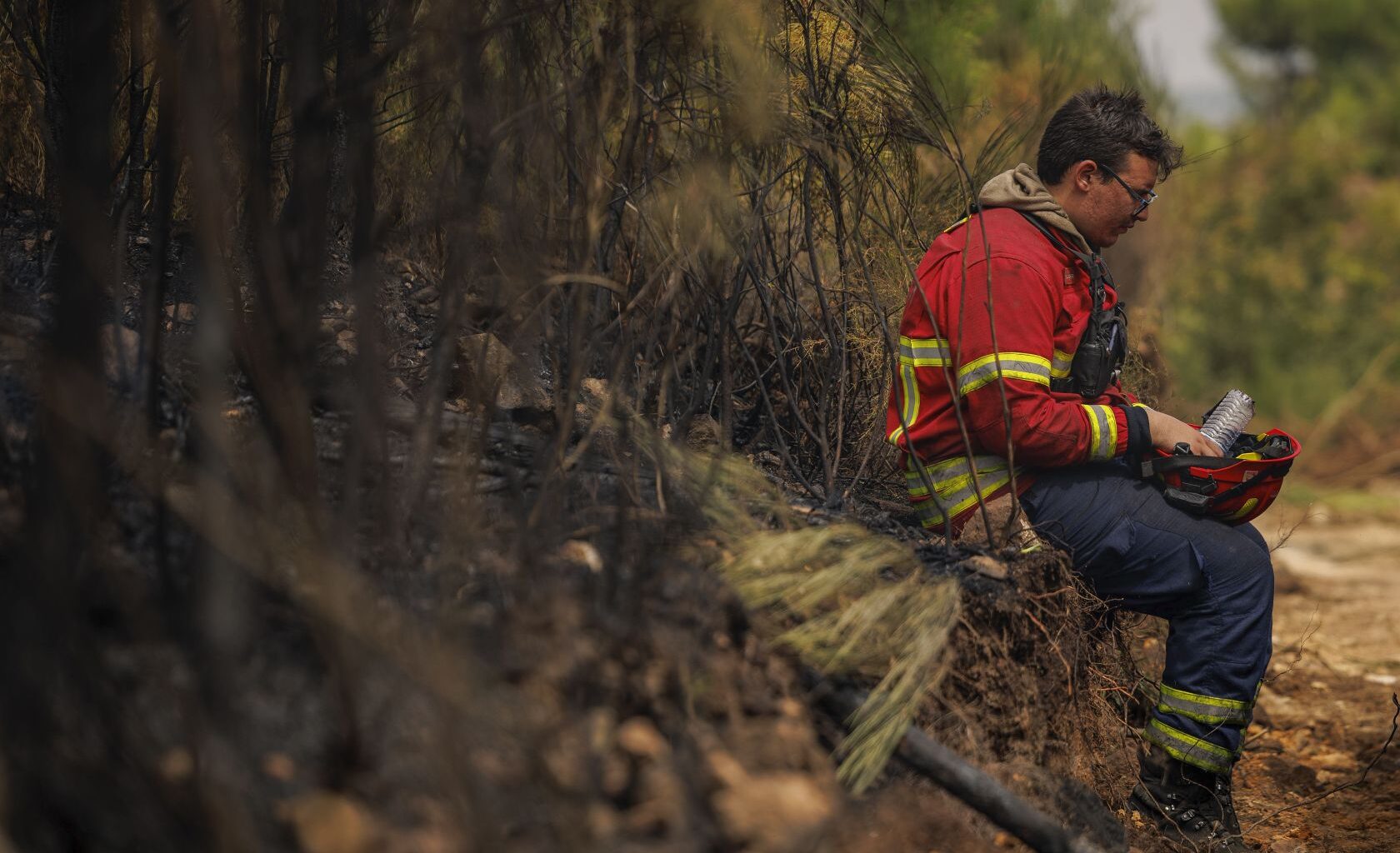The Algarve Civil Protection’s second regional commander, Abel Gomes, provided a status update on the fire at 3:30 p.m. and stated that, during the afternoon, increased wind intensity caused several reactivations with the potential to spread, but the prompt response of firefighting teams has allowed the fire to remain active and “without significantly increasing the perimeter” affected.
“This is a fire that, as we had predicted, could lead to complicated situations in the afternoon, as is currently being seen. Due to moderate to strong winds, several reactivations are occurring throughout the fire perimeter, all with high potential for development,” said the Algarve’s second regional commander in Alfambras, in the municipality of Aljezur, in the district of Faro.
Abel Gomes highlighted the “readiness” with which firefighting resources have responded to these reactivations—which at one point had four active fronts—to ensure that, with “all resources in the theatre of operations, and with air support,” these incidents can be “dealt with.”
The second commander of the Algarve Civil Protection emphasized that this objective has been achieved so far, despite the fact that the air resources themselves are facing “difficulty operating due to the amount of smoke and turbulence caused by the wind.”
“At this time, we have no indication of homes at risk,” the Civil Protection source also stated, adding that the unit is “working in advance with the GNR” in the event that it becomes necessary to remove people from the fire line.
“We’re not talking about evacuations, but rather analysis and prevention work for the most timely response possible,” he clarified.
Throughout the day, nine aerial vehicles, some of them coordination units, have been responding to these reactivations to prevent the fire from spreading, he highlighted.
The affected area is composed of scrubland, but there are also areas of pine, eucalyptus, and cork oak forests, Abel Gomes described, emphasising that the scrubland area was most affected in the initial part of the fire.
“At the moment, we have an active front with several reactivations, but the fire hasn’t expanded its perimeter much,” Abel Gomes added.
Civil Protection reported that morning that the fire was 70% contained, maintaining a “worrying” fire line of approximately eight kilometres.
Abel Gomes explained at the time that, in the approximately 30% remaining of the fire, there were “worrying points” that could “pose a complication.”
“These are areas that have not burned, the so-called islands, which could result in reignitions and cause projections due to the moderate to strong winds,” he emphasised.
In assessing the firefighting operations, the official said that the fire had a “very rapid” growth rate, growing from 52 hectares per hour to 236 hectares, “posing great challenges to the firefighters.”
Asked about personal or property damage, Abel Gomes said there were nine minor injuries, most from smoke inhalation, and there was also the destruction of a second home in the municipality of Aljezur.
A total of 518 members of the various entities that make up Civil Protection are involved in the operations, with the support of 181 vehicles and nine aerial resources.
